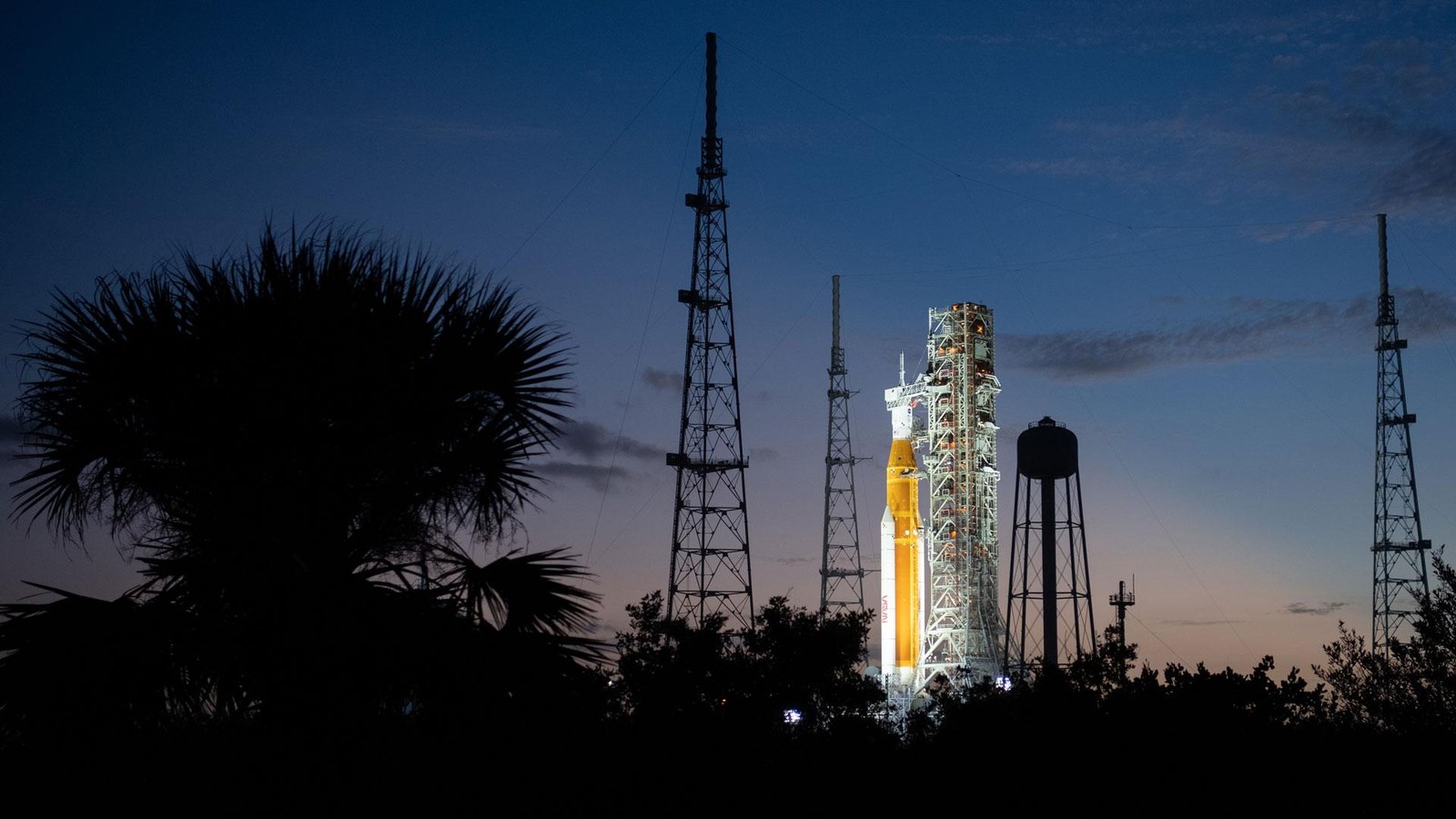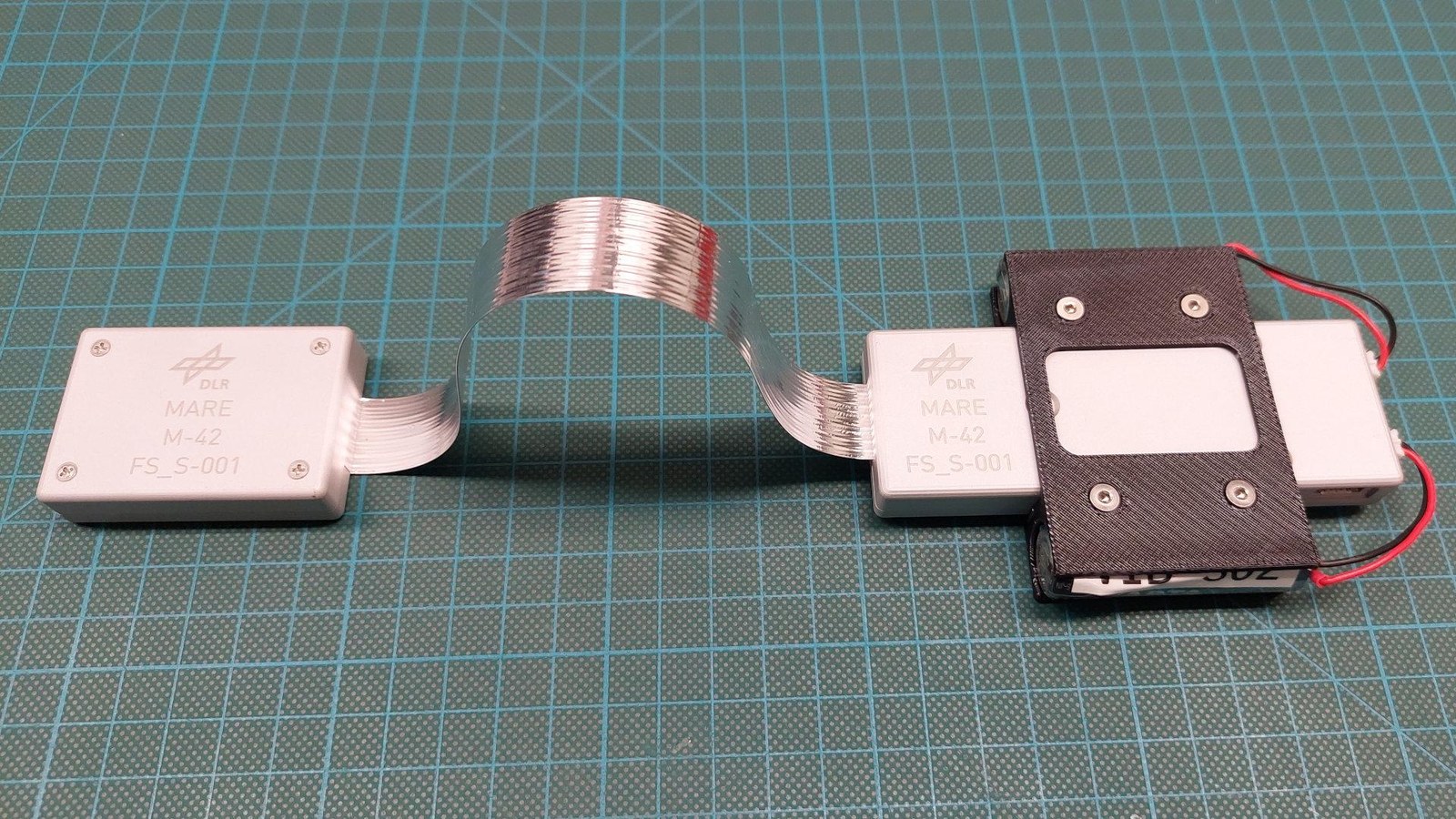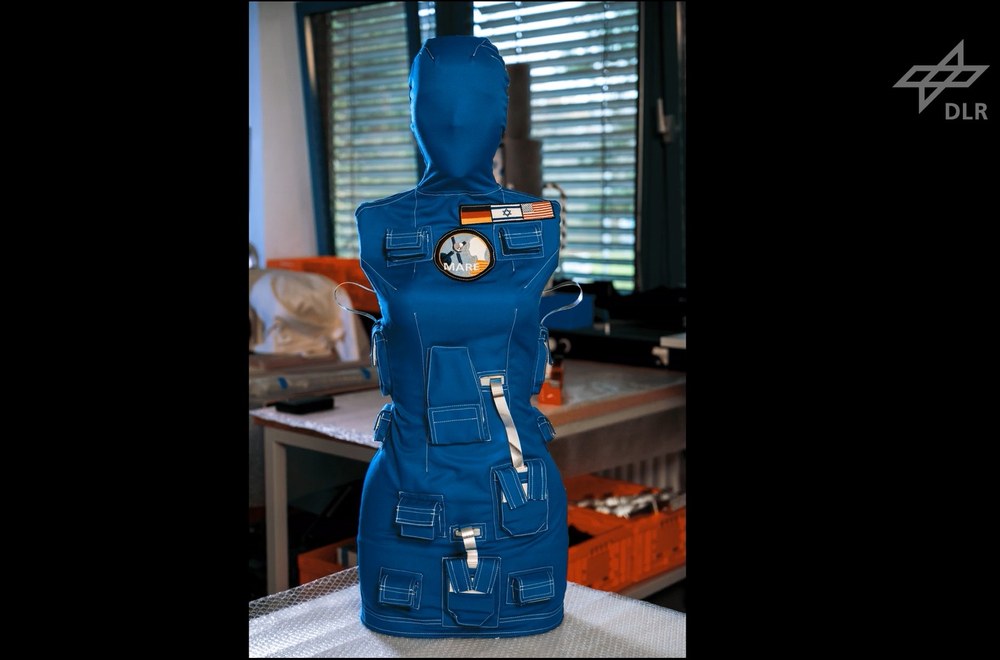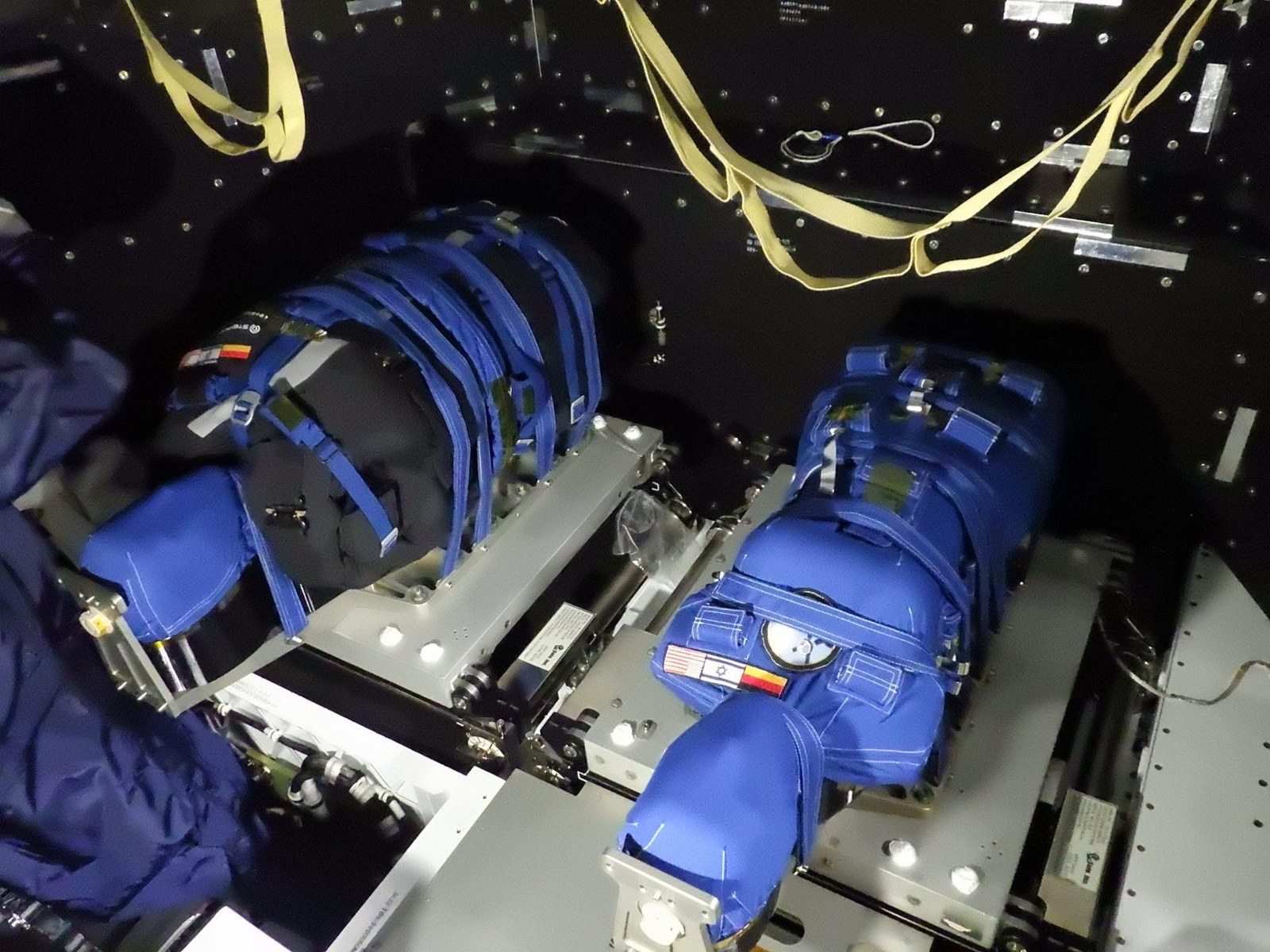#LunaTwins on board Artemis I ready for launch


- Launch of the Artemis I lunar mission scheduled for 16 November 2022
- The two female astronaut phantoms Helga and Zohar from the MARE experiment are on board for this extensive test mission.
- MARE is the first experiment to measure the radiation exposure to the female body beyond the orbit of the International Space Station ISS.
- The launch preparations and the launch of Artemis I can be followed via the livestream from 04:30 CET on 16 November 2022.
- Focus: Space, exploration, moon, cosmic radiation
The return to the Moon is just around the corner. The launch window opens for NASA's Artemis I mission opens this Wednesday, 16 November 2022, at 07:04 (CET). After several postponements, it is now set to go – taking humankind back to the Moon almost exactly 50 years after the last Apollo flight in December 1972. On board are the #LunaTwins of the German Aerospace Center (Deutsches Zentrum für Luft- und Raumfahrt; DLR). The two astronaut phantoms, Helga and Zohar, of the MARE experiment will measure the cosmic radiation on the journey to the Moon and back. Both phantoms endured the waiting time prior to launch well thanks to a sophisticated power-saving strategy. A flight lasting approximately 26 days now lies ahead of them. The Orion capsule containing the #LunaTwins is expected back on Earth on 11 December 2022.
"Helga and Zohar are fit for flight," says Thomas Berger from the DLR Institute of Aerospace Medicine. "We planned for the possibility of a longer waiting time prior to launch, and both mannequins are also designed for the long flight time lasting several weeks." Once the new SLS heavy-lift rocket launches the flight test on schedule tomorrow from NASA's Kennedy Space Center in Florida, an extensive flight programme will begin. This will involve the Orion spacecraft, with the two mannequins on board, entering lunar orbit and travelling up to half a million kilometres from Earth – further than any spacecraft fit for a human crew has ever flown. "During this journey, the radiation levels will be significantly higher than on Earth or even on the International Space Station. The MARE experiment will be the first to comprehensively record exactly how much higher," Berger continues.
Passive and active radiation sensors
The two measuring mannequins are modelled on the female body, including reproductive organs, in order to measure the radiation dose experienced by organs that are particularly sensitive to it. The female astronaut phantoms, each consisting of 38 slices, are 95 centimetres tall and weigh 36 kilograms. Zohar weighs 62 kilograms when taking into account the AstroRad radiation protection vest that will be tested during the flight. Inside the two phantoms are organs and bones made of tissue-equivalent plastics that mimic the varying density of bones, soft tissue and lungs. More than 12,000 passive radiation detectors made of small crystals have been installed in these ‘organs’ and on the mannequins’ surfaces, as well as 16 active detectors from DLR in the body's most radiation-sensitive organs – including the lungs, stomach, uterus and bone marrow. The passive radiation measuring devices (dosimeters) do not require any current, measure continuously and thus provide a value of the total radiation exposure throughout the entire mission. By reading out the crystals, a three-dimensional image of the human body is created, revealing the total radiation exposure to different parts of the bones and organs during a lunar flight.

Assembling the Helga mannequin
Your consent to the storage of data ('cookies') is required for the playback of this video on Quickchannel.com. You can view and change your current data storage settings at any time under privacy.
Related links
About the MARE experiment
The German Aerospace Center (DLR) is leading the MARE experiment. The main project partners are the Israeli Space Agency (ISA), the Israeli industrial partner StemRad, which developed the AstroRad protective vest, as well as Lockheed Martin and NASA. MARE, in its complexity and in its international collaboration with numerous universities and research institutions from Europe, Japan and the USA, represents the largest experiment to determine radiation exposure for astronauts that has ever left low-Earth orbit. It provides fundamental data for assessing the radiation risk for the upcoming crewed flights to the Moon.
USA and Europe fly to the Moon with Artemis
NASA's Artemis I mission will see the first, initially uncrewed Orion capsule fly to the Moon, orbit it and return to Earth. The capsule will be propelled and powered by the European Service Module (ESM), which was built with German technology, primarily in Bremen. The flight time will be between 26 and 42 days. The MARE experiment is included as what is known as a secondary or scientific payload. This means that both phantoms must function independently of the spacecraft. From power supply to data storage – all functions will be completely independent of the Orion capsule. NASA's new lunar programme was named Artemis in reference to the Apollo missions. Artemis is the Moon goddess and twin sister of Apollo in Greek mythology.
For more information on the Artemis I mission, visit DLR's dedicated mission page. You can find numerous pictures of the MARE experiment in the project's flickr gallery.

